Graphics
Enhance your design workflow with our collection of Photoshop actions, brushes, graphic templates, and mockup templates. These resources allow you to apply stunning effects, create diverse designs, and showcase your work in a realistic context. Perfect for both professionals and hobbyists to elevate their creative projects.

Open Magazine Mockup PSD
A mockup showcasing two different types of magazine and brochure layouts and designs. This PSD has three smart layers for two internal pages, and a co...
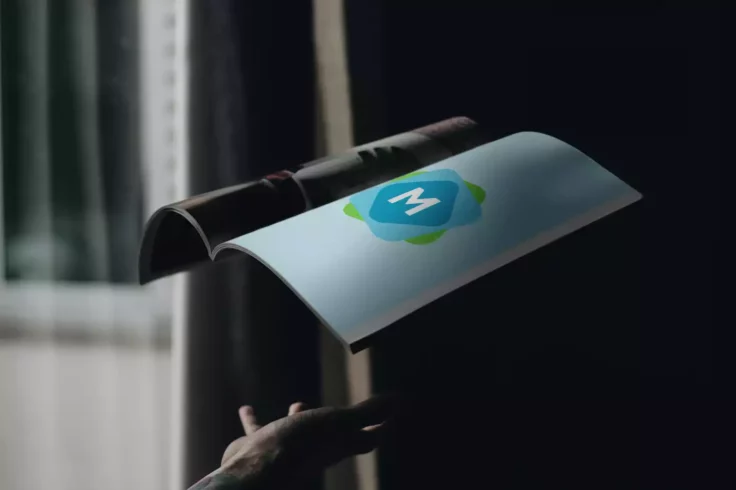
Floating Magazine Mockup PSD
This magazine mockup shows someone throwing a magazine up in the air, with stylish lighting effects. Show off two pages of your magazine design, in th...

Realistic Magazine Mockup
Showcase your magazine spreads in a very realistic manner with this fully-editable mockup template. You can add your own design to the left and right ...

Business Cards & Wrapping Paper Mockup
This mockup is a high-res, photo-based shot of a stack of business cards in paper wrapping. Perfect for showing your beautiful new business card desig...

Apple Watch Mockup in Multiple Colors
This is hands-down one of the best Apple Watch mockups sets we’ve seen. If you’re looking for an “isolated” style mockup, and ...

Christmas Card Mockup Template
Show off your Christmas card design in style, with this beautiful Christmas card mockup. It’s set against some classic festive foliage (pine con...
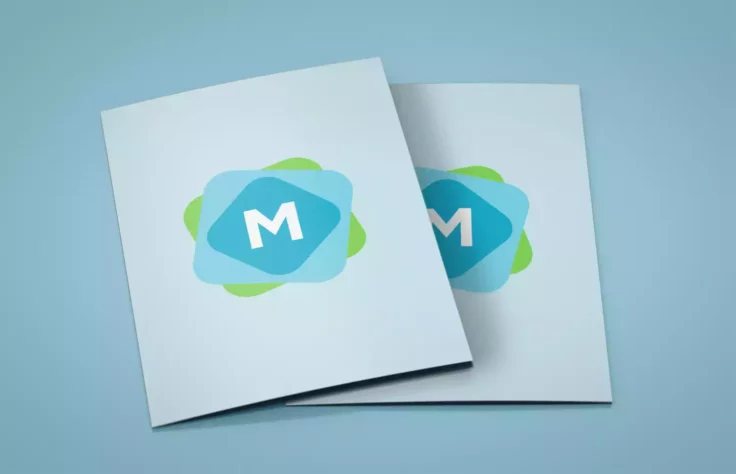
A5 Leaflet Mockup PSD
One of the best A5 leaflet mockups we’ve seen, this is a beautifully designed pair of flyers, one sitting on top of the other. It’s provid...

Super Simple Business Card Mockup
This is about as simple as it gets. Two portrait business cards (or landscape, both are included), ready for you to drop in your own design. They̵...

Christmas Card Scene Mockup
If you’re looking to showcase your Christmas card design in a festive scene, this mockup is the perfect choice. Show one or two card designs, bo...
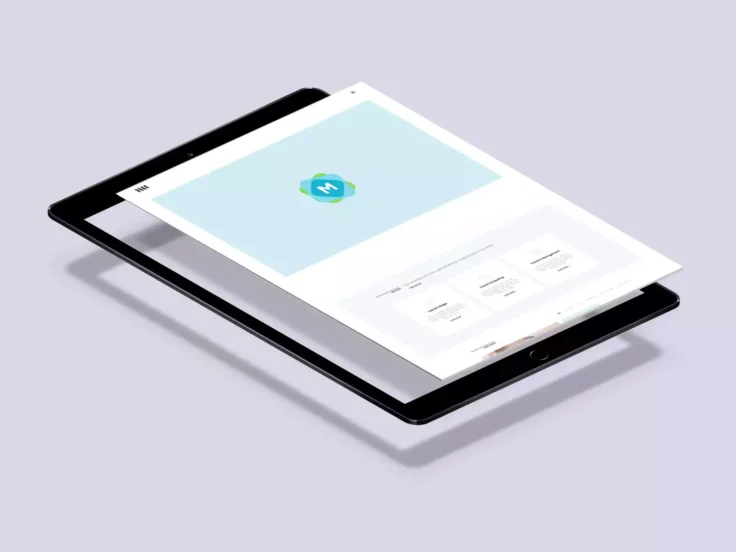
Split iPad Pro Mockup
This is a delightful iPad mockup, which interestingly “splits” the iPad screen out of the rest of the device to give you a completely uniq...

A5 Magazine Mockup Pack
This pack contains three mockups of an A5, open and closed magazine. It looks like a stylish and high-end magazine, made of high quality materials. Ex...
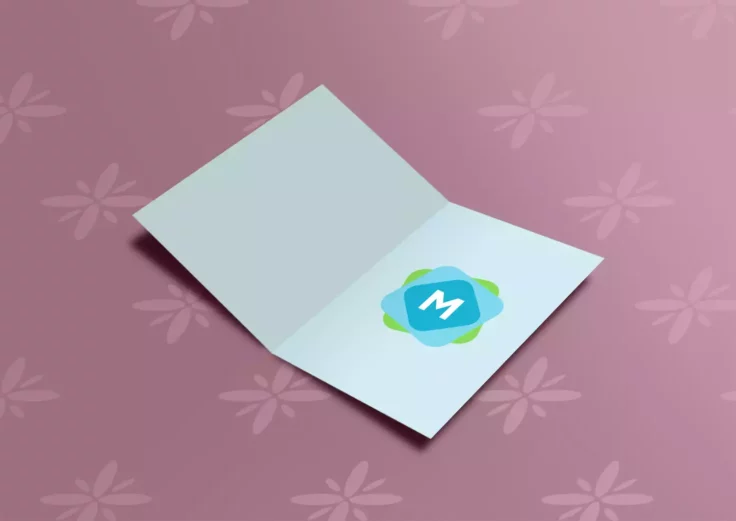
Wedding Invitation Mockup
This is a folded card mockup, set against a flowery background (which you can change if you’d like). A great way to have a wedding decoration in...

Floating Isolated Book Mockup
Showcase your hardcover book design in this simple, isolated mockup. You can change the cover design to anything of your choosing and also adjust the ...
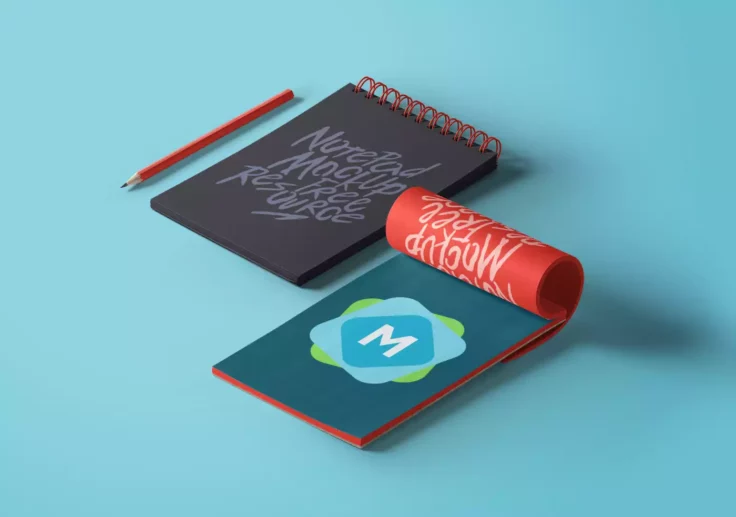
Modern Spiral Notepad Mockup
A mockup of two notepad designs. One is “spiral bound”, and the other has a more regular binding. It’s simple to change anything abo...
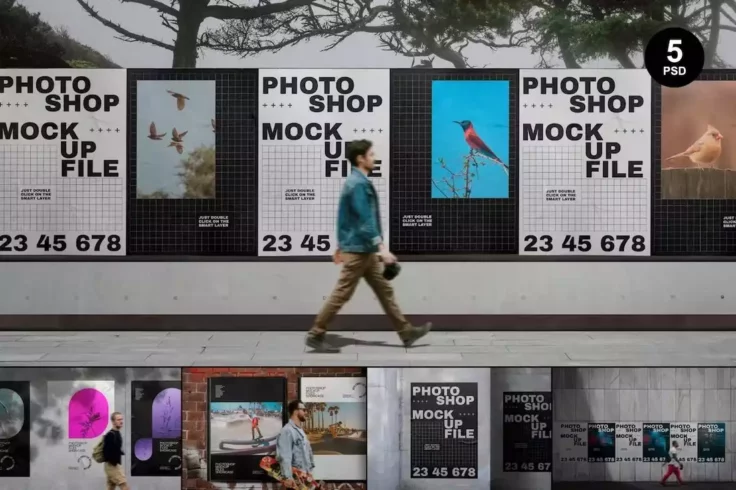
Realistic Wall Poster Mockup Set
If you want to showcase your poster designs in a realistic outdoor environment, this mockup kit is perfect for you. It includes 5 different mockup sce...

Vinyl Record Cover Mockup
A simple design, this vinyl mockup features an edge-to-edge sleeve design, without any border or frills. It does have a slightly rough texture, giving...
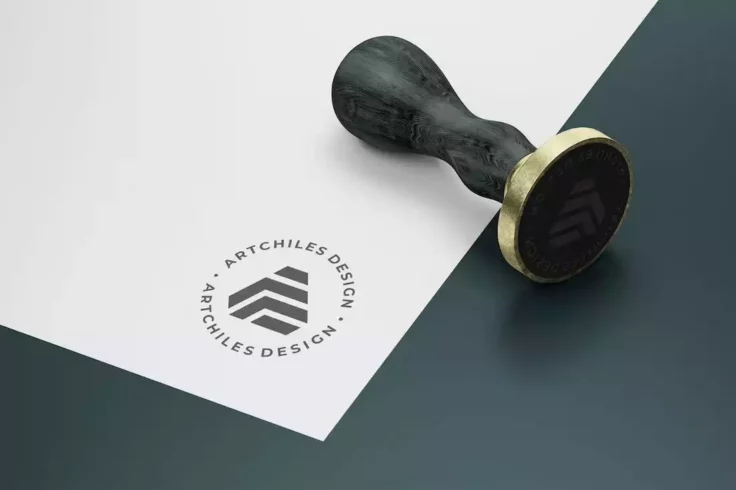
Circle Stamp Logo Mockup Template
This mockup template comes with a realistic stamp-style design. It’s ideal for showcasing your badge and emblem logos. It allows you to show you...

Curled US Flyer Mockup
A single one-page flyer, set in a “floating” scenario, as though it’s being dropped onto a table. It’s curled at the edges, gi...

Tri-Fold Z Flyer Mockup
The tri-fold brochure is one of the most popular styles of flyer design. And this z-flyer mockup makes it quick and easy to add in your own layout or ...

MacBook Pro & Touch Bar Mockup Set
This mockup includes three different angles of the MacBook Pro with Touch Bar. It’s a stunning replication of this device, with beautiful attent...
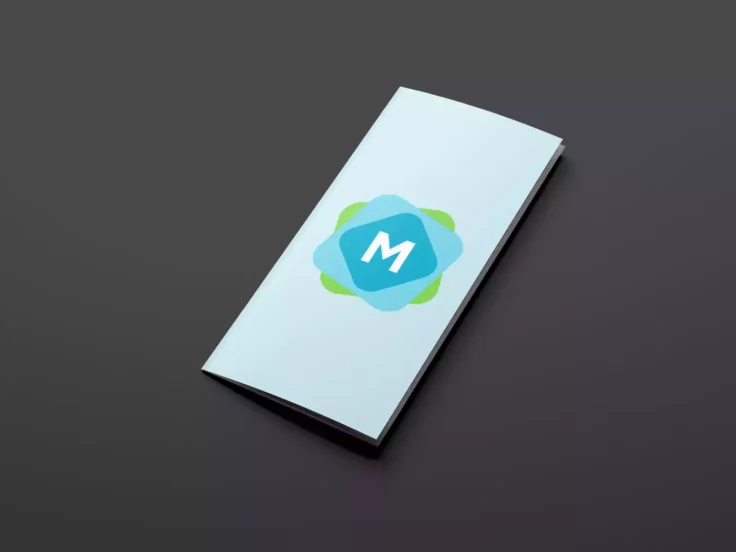
Tri-Fold Brochure Cover Mockup
This is a clean, simple, and print-ready mockup of the cover of a tri-fold brochure. You can also set your own design for the inside, which is just sl...
FAQs About Graphics
What are graphics and why are they important?
Graphics are visual elements often used to convey information in ways that words can’t. They can include illustrations, diagrams, graphs, charts, and more. Graphics are a key component in both web and print design, used broadly in everything from advertising and marketing materials to educational materials and books.
They’re important because they offer a visual representation of concepts, making information easier and quicker to understand. They have the power to enhance the content, through appealing to our senses and emotions, they can help to reinforce or illustrate a point, or simplify complex ideas or data, among other uses.
What are vector and raster graphics and what’s the difference between them?
Vector graphics are made up of paths, each with a mathematical formula (vector) which determines the shape, color, and position. This allows them to be scaled to any size without losing clarity or resolution, thus they're preferred for logos, illustrations, and design elements that may need to be resized frequently.
Raster graphics are made up of individual pixels, each with its own color. When resized, these graphics can become pixelated or blurry because they're limited by the number of pixels in the image. They're typically used for detailed and complex images such as photographs.
What is graphic design and what does a graphic designer do?
Graphic design is a field that involves creating visual content for various media including print, digital, and social media platforms. Graphic design serves to communicate specific messages in an aesthetically pleasing and engaging way, with the goal of enticing the audience into a certain action or response.
A graphic designer uses visual elements, such as images, illustrations, typography, and colors to create such content. They can work on a variety of projects, including designing logos, websites, advertisements, product packaging, social media content, and more. They play a crucial role in branding and marketing efforts of companies and organizations.
What software or tools are commonly used in Graphic design?
Many different software tools are used in graphic design. Adobe Creative Cloud, which includes tools like Photoshop, Illustrator, and InDesign, is one of the most popular and comprehensive tools. Photoshop is typically used for photo editing and creating raster images, Illustrator for creating vector images, and InDesign for layout and publishing designs.
However, there are also other alternatives like CorelDraw and free software like GIMP and Inkscape. In addition to these desktop applications, there are also online tools like Canva and Adobe Spark that offer user-friendly interfaces and templates for those without advanced training in graphic design.
How important are color theory and typography in graphic design?
Color theory and typography are fundamental in graphic design. Color theory helps designers choose colors that harmonize well together, evoke certain emotions or reactions, and make designs visually appealing. Different colors and combinations can communicate different meanings, so carefully considered use of color is essential in design.
Typography, or the art of arranging type, is equally vital. It not only makes content readable but also helps to convey a mood or aesthetic. The choice of typeface, size, spacing, and layout all influence how a piece of design is viewed and understood by the audience. Hence, an understanding of typography can significantly enhance the effectiveness of a design.